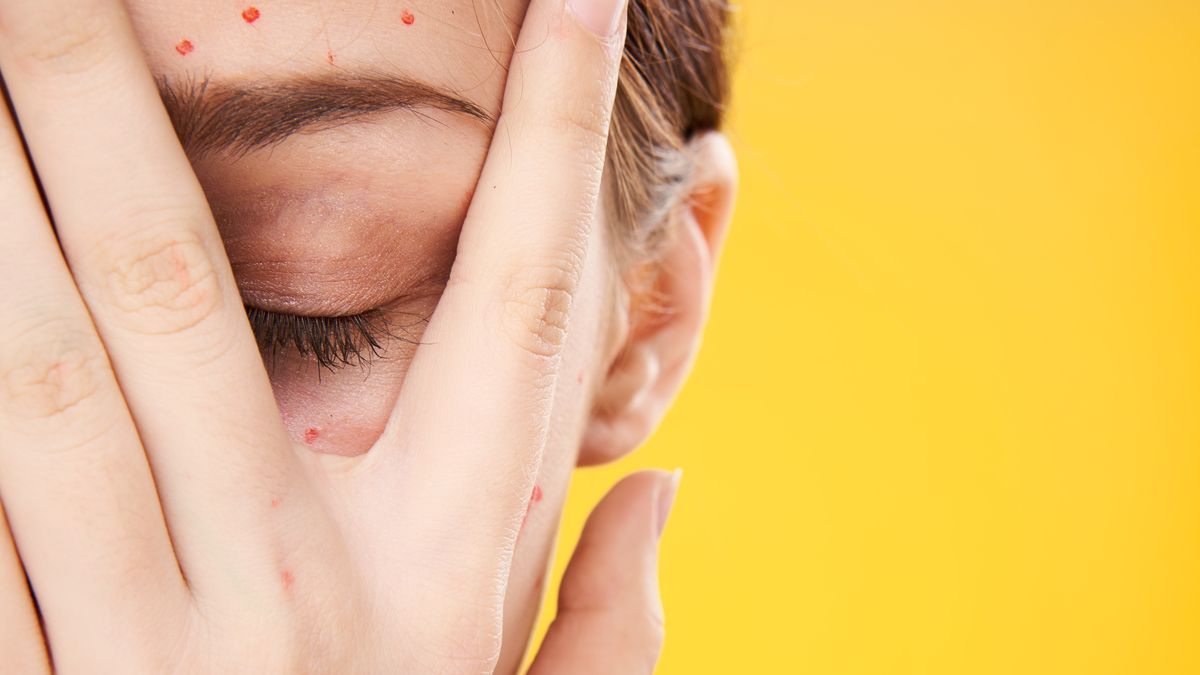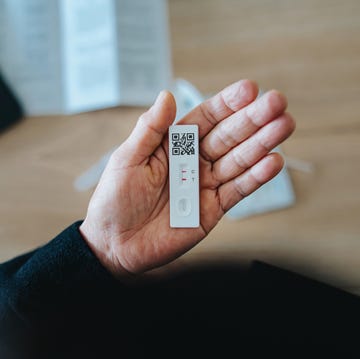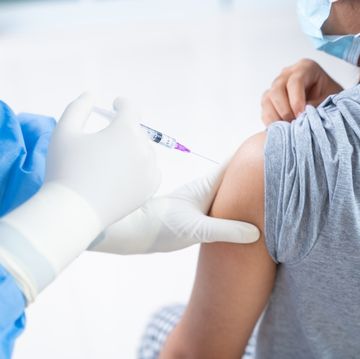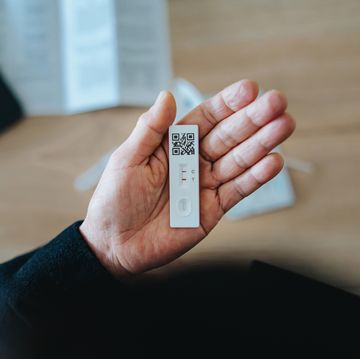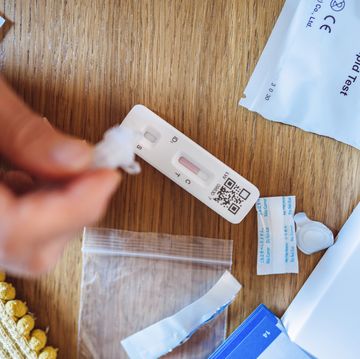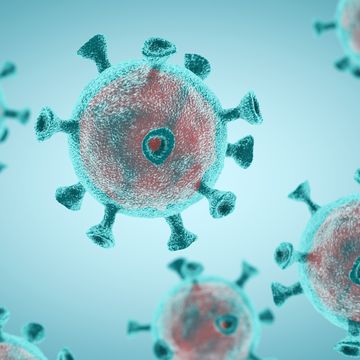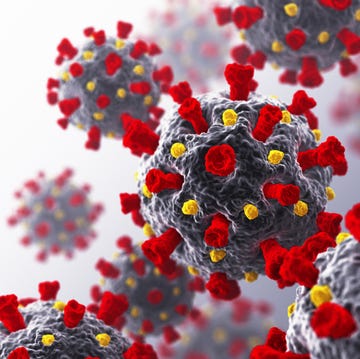If you developed a pox-like rash before this summer, you’d probably suspect chickenpox and call your doctor about next steps. But, now that monkeypox is circulating in the U.S. and cases continue to rise across the country, it’s understandable to be confused. Could you be dealing with monkeypox or chickenpox?
It’s important to point out that both viral infections are somewhat rare in the U.S. But, of course, they happen. So, how can you tell monkeypox vs. chickenpox? Here’s the deal, according to infectious disease experts.
Monkeypox vs. chickenpox
By now, you’re probably familiar on some level about what monkeypox and chickenpox is, but it never hurts to recap them.
Monkeypox is a viral disease that can be spread between people or between people and certain animals, according to the Centers for Disease Control and Prevention (CDC). Monkeypox virus, which causes monkeypox, is part of the same family of viruses as variola virus, the virus that causes smallpox, the CDC explains. Monkeypox symptoms are similar to smallpox symptoms, but tend to be milder, and the virus is rarely fatal. Those symptoms, per the CDC, can include:
- Fever
- Headache
- Muscle aches and backache
- Swollen lymph nodes
- Chills
- Exhaustion
- Sore throat
- Nasal congestion
- Cough
- A rash that may be located on or near the genitals or anus, but could also be on other areas of the body like the hands, feet, chest, face, or mouth. The rash may be painful or itchy
Worth noting, per the CDC: Monkeypox is not related to chickenpox.
Chickenpox is a highly contagious disease caused by the varicella-zoster virus (VZV), the CDC explains. It can cause an itchy, blister-like rash that usually appears on the chest, back, and face, before spreading over the entire body.
Chickenpox used to be very common in the U.S. but, since the chickenpox vaccine became available in the U.S. in 1995, more than 3.5 million cases of the virus have been prevented, the CDC says.
How to tell monkeypox from chickenpox
It’s actually not easy for most people to tell the difference, says Thomas Russo, M.D., professor and chief of infectious disease at the University at Buffalo in New York.
“They’re both viral infections that cause pox-like lesions,” he says. “Rarely in our lifetimes have we had we had two pox diseases co-circulating at the same time.”
In general, monkeypox and chickenpox tend to appear in “very different demographic groups,” Dr. Russo says. (Monkeypox has largely shown up in men who have sex with men; chickenpox typically is more common in kids). However, he points out, “adults can get chickenpox if they’re not vaccinated” and there have been at least two cases of monkeypox in children.
There are some potential cues with the rashes, too, which “are both similar and different,” says William Schaffner, M.D., an infectious disease specialist and professor at the Vanderbilt University School of Medicine.
Chickenpox, for example, creates a “very thin-walled, fragile blister” that’s usually filled with clear fluid, Dr. Schaffner says. But monkeypox causes a “deep-seated, firm, or rubbery kind of lesion—it’s much more firm and stable than the chickenpox lesion,” he explains.
Chickenpox lesions can “break easily, whereas monkeypox lesions do not,” Dr. Schaffner says. Monkeypox lesions also tend to change over time and may “umbilicate,” which means they form an indentation or little crater in the middle, Dr. Schaffner says.
How long you’re sick for factors in, too. “It will take two to four weeks for those monkeypox lesions to resolve completely, whereas chickenpox lesions resolve much more quickly,” Dr. Schaffner says. (The CDC notes that chickenpox usually lasts about four to seven days.)
What should you do if you develop pox-like bumps?
Again, depending on where you live and who you interact with, the risk to the general population at this time of contracting either virus is low. But, if you suspect you may have monkeypox or chickenpox, or you’re just not sure what’s going on, Dr. Russo says it’s really best to call your doctor.
“The safest thing to do is get tested,” Dr. Russo says. “There is a test for chickenpox and a test for monkeypox.” You’ll want to call your doctor in advance to make sure they actually have the tests in the office, just to be safe.
And, given that both illnesses are contagious, it’s recommended that you cover your bumps and wear a face mask when you go in to your doctor's office, just to be safe.
